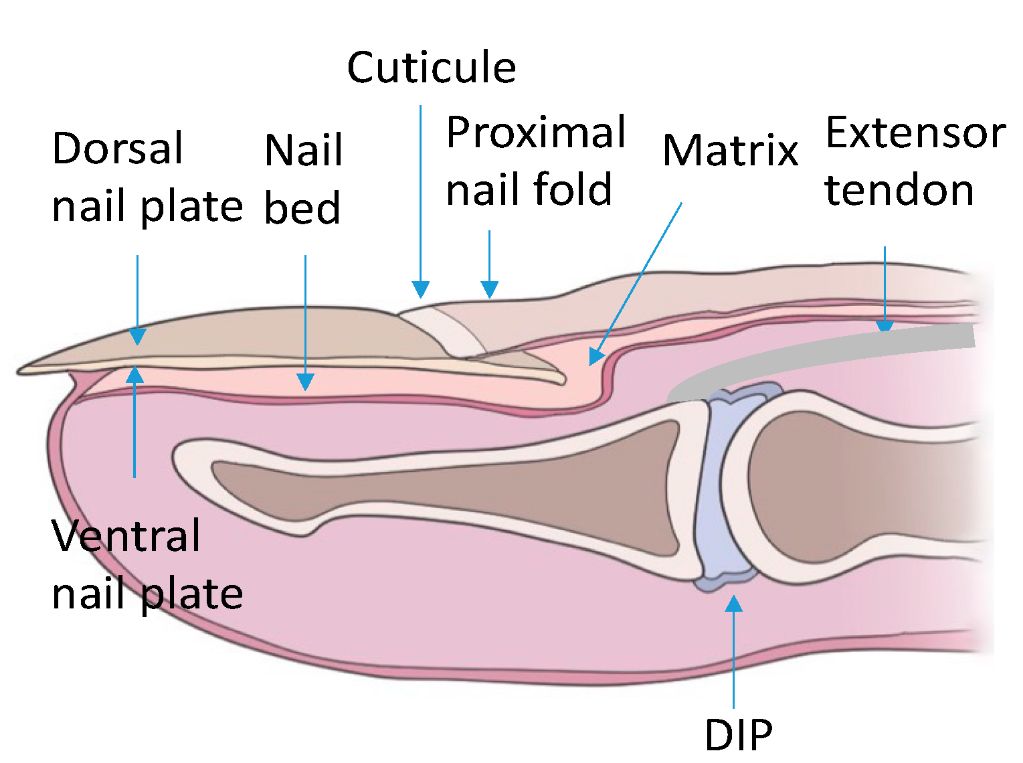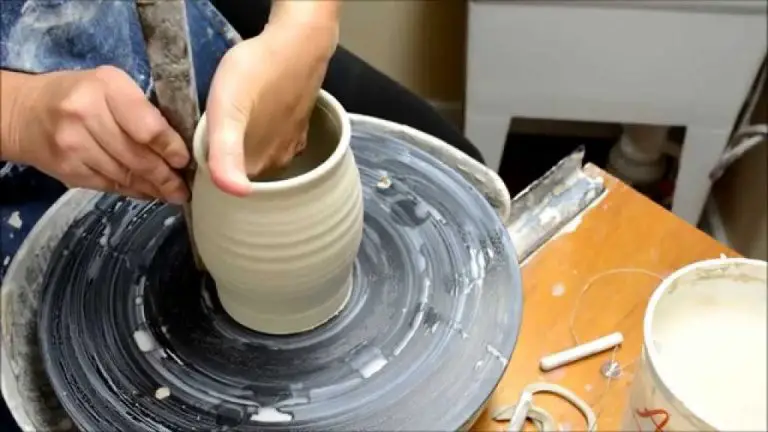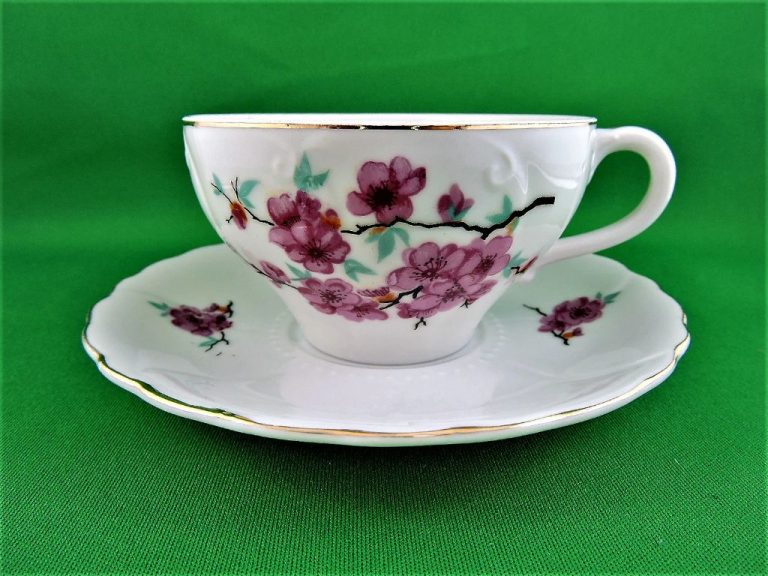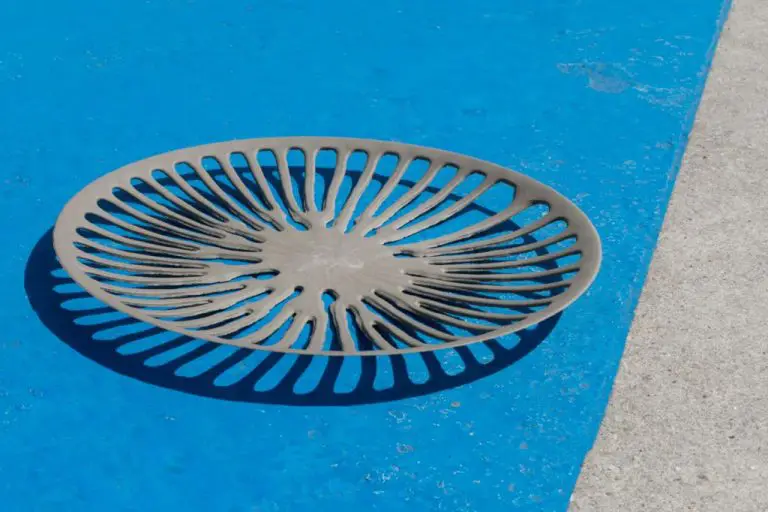What Are Nail Beds?
What Are Nail Beds?
The nail bed is the layer of skin underneath the nail plate that connects it to the finger or toe. It consists of the sterile matrix, germinal matrix, nail root, and hyponychium.
The main structures of the nail bed include:
- Sterile matrix – Forms the bulk of the nail bed and attaches the nail plate to the finger or toe. It has a smooth surface to enable nail growth.
- Germinal matrix – Found at the base of the nail. It contains cells that encourage nail growth.
- Nail root – The hidden part of the nail underneath the skin.
- Hyponychium – The thickened layer of skin at the end of the nail bed.
The main function of the nail bed is to support and anchor the nail plate to the finger or toe. It provides a smooth surface for the nail to glide over as it grows. The nail bed also supplies nerves and blood vessels that nourish the nail.
Anatomy
The nail unit consists of several parts that allow the nail to grow and attach to the finger or toe. These include:
Matrix – This is the hidden part under the cuticle where cells multiply and allow the nail to grow. The proximal matrix pushes cells outward to form the nail plate while the distal matrix underneath shapes the underside of the nail.
Lunula – The whitish crescent shape at the base of the nail plate. This area lacks melanin, revealing the pink nail bed underneath.
Cuticle – The fold of skin overlapping the proximal nail fold and matrix that seals and protects the nail.
Nail plate – The visible hardened part composed of translucent keratin protein. This overlies and protects the nail bed below.
Nail bed – The skin underneath the nail plate with a rich blood supply. It is made of dermis and epidermis that attaches the nail plate to the finger or toe.
Hyponychium – The thickened epidermis at the junction between the nail bed and fingertip skin.
The nail continuously grows as cells in the matrix multiply and are pushed outward. The parts work together to produce a smooth nail plate that protects the sensitive nail bed. (https://teachmeanatomy.info/upper-limb/misc/nail-unit/)
Function
The nail bed serves several important functions for the nail and finger:
- It provides an attachment point for the nail plate. The nail plate adheres to the nail bed, which helps keep it secured to the finger.
- It supplies nutrients to the nail matrix to allow nail growth. The nail bed contains blood vessels that bring nutrients to the area where nail cells are formed.
- It enables linear nail growth. As cells are produced by the matrix, the nail plate moves forward on top of the nail bed, allowing fingernails to grow longer.
- It contains nerve endings that allow tactile sensitivity. The receptors in the nail bed allow people to sense touch and pressure through their fingernails.

In summary, the nail bed provides the foundation for proper nail health and growth. It nourishes the nail, anchors it to the finger, and facilitates forward movement as new nail cells are produced.
Nail Bed Conditions
There are several common conditions that can affect the nail beds:
Discolored Nails
Nails can become discolored for various reasons. Yellow or green nails can be caused by a fungal infection. Brown or black discoloration is often due to melanin deposits and can be a sign of melanoma. Pale nails can indicate anemia or other systemic illnesses. Medications can also stain nails.
Ridges
Horizontal or vertical ridges can develop on the nails. This is often a normal part of aging. More pronounced ridges can signal certain medical conditions like iron deficiency anemia, inflammatory arthritis, thyroid disease, and issues with circulation.
Onycholysis
Onycholysis occurs when the nail separates from the nail bed and a gap forms between the nail plate and bed. It is typically caused by trauma, manicures, psoriasis, or thyroid disease. The detached part of the nail can become infected.
Onychocryptosis
Also known as an ingrown nail, onychocryptosis happens when the nail grows into the skin beside it. It often occurs on the big toe. Improperly trimmed nails, inherited susceptibility, poorly fitted shoes, and injury can cause ingrown nails, which can become red, swollen, and painful if infected.
Causes of Nail Bed Issues
There are various factors that can cause nail bed conditions including:
Injury
Injuries to the nail bed are a common cause of nail bed issues. Trauma from wounds, cuts, burns, bites, or other impacts can damage the nail matrix where new nail cells are formed. This disruption in nail growth can lead to irregularities, indentations, grooves, or ridges in the nail plate. Severe nail bed injuries may also cause the nail to separate from the nail bed.
Infection
Infections are another source of nail bed problems. Bacterial, viral, or fungal infections can affect the nail bed and matrix. Paronychia, an infection of the skin around the nails, may spread to the nail bed causing swelling, redness, and pus. Ingrown toenails are often complicated by infection of the nail bed. And onychomycosis or fungal nail infections can infect the nail bed leading to thickened, brittle, or distorted nails.
Systemic Disease
Underlying systemic diseases may also impact the nail bed and disrupt normal nail growth. For example, psoriasis, lichen planus, and eczema can cause changes to nails when they affect the nail matrix. Diabetes, anemia, thyroid disease, and vitamin deficiencies are among the internal medical conditions that can contribute to nail bed abnormalities.
Diagnosing Nail Bed Conditions
Diagnosis of nail bed conditions requires a physical exam, medical history, and in some cases laboratory tests. The dermatologist will first perform a thorough physical exam of the nails and surrounding skin to look for abnormalities. They will examine the color, texture, thickness, and contour of the nails. The skin around the nail will also be inspected for redness, swelling, discharge, or other signs of infection.
As part of the medical history, the dermatologist will ask about the onset and progression of symptoms, any injuries, family history of nail disorders, medications, and overall health. Information about lifestyle, occupation, and exposure to chemicals or irritants may provide clues to the cause.
Lab tests are sometimes performed to confirm or rule out fungal infections. This may involve taking nail clippings for a fungal culture. Blood tests can help diagnose psoriasis or other systemic diseases affecting the nails. A biopsy of the nail bed may be done if melanoma or other cancers are suspected.
Treatments
There are various treatment options for nail bed conditions depending on the specific diagnosis:
Medications
Medications that may be prescribed include antifungal creams, ointments or oral medications for fungal infections of the nail bed (https://www.medicalnewstoday.com/articles/nail-diseases-chart). Corticosteroid creams and ointments may help reduce inflammation associated with infections or autoimmune conditions like psoriasis (https://www.ncbi.nlm.nih.gov/pmc/articles/PMC8896184/).
Surgery
Minor surgery may be done to remove part or all of a damaged nail to treat severe fungal or other infections. Surgery can also correct ingrown nails or other structural nail problems (https://www.betterhealth.vic.gov.au/health/conditionsandtreatments/nails-fingernail-and-toenail-problems).
Lifestyle Changes
Keeping nails trimmed and dry can help prevent some nail bed conditions. Using antifungal or medicated powders in shoes and socks may also help in some cases. Quitting nail biting and avoiding trauma to the nail area is also recommended.
Home Care
Proper at-home care is crucial for maintaining the health of your nail beds. Here are some tips for taking care of your nails at home:
Trimming
Trim your nails regularly to keep them at a proper length. Use sharp nail clippers or scissors meant for trimming nails and cut them straight across to avoid ingrown nails. Avoid trimming your nails too short, as this can expose the nail beds and lead to infection (source).
Moisturizing
Keep your nail beds moisturized to prevent brittle, cracking nails. Apply an oil or thick moisturizer like petroleum jelly to your nails and cuticles before bedtime. Look for moisturizers containing vitamins and oils like vitamin E, olive oil, or avocado oil (source).
Protecting Nails
Protect your nails from damage by wearing gloves during household chores involving chemicals or water. Avoid excessive manicures and artificial nails, as the glues and solvents can weaken nails. Use a base coat and top coat when painting nails to limit chipping and peeling (source).
When to See a Doctor
You should see a doctor if you have any persistent issues with your nail beds that do not resolve on their own. Some signs it’s time to make an appointment include:
- Changes in nail color or thickness that last more than a few weeks (1)
- Detached or lifted nails that do not reattach (2)
- Persistent pain, swelling, or bleeding around the nails (3)
- Nail infections that do not clear up with over-the-counter treatments
- Nail fungus that continues to worsen or spread to other nails
- Discolored streaks on the nails that expand over time
It’s especially important to see a doctor promptly if you have any signs of a nail infection, such as redness, pus, foul odor, or severe pain around the nail. Untreated infections can damage the nail bed and lead to permanent nail deformities. Your doctor may prescribe oral or topical antifungal or antibiotic medications to clear up stubborn nail infections.
You should also make an appointment if you experience repeated nail trauma or bleeding under the nails. This could be a sign of an underlying health condition. Getting prompt treatment can help prevent lasting damage and deformities.
Prevention
There are several steps you can take to help prevent nail bed conditions from developing or getting worse:
Avoid trauma and injury to the nail bed area. Be gentle when pushing back cuticles, trimming nails, and performing manicures. Avoid picking, tearing, or damaging the skin around the nails. Wear gloves when cleaning or doing activities that could lead to chemical or physical injury of the nail beds.
Manage any underlying health conditions that could impact nail bed health, like psoriasis, eczema, or fungal infections. Working with your doctor to keep these conditions under control can prevent associated nail bed abnormalities.
Practice good nail hygiene. Keep nails short and filed to avoid ingrown nails or excessive pressure on the nail beds from long nails. Clean under nails daily and fully dry hands and feet after washing. Apply lotion to the nail and cuticle area to prevent excessive dryness. Avoid prolonged contact with water that could dry out the nail beds.
Sources:
https://www.webmd.com/skin-problems-and-treatments/prevent-treat-nail-problems
https://www.mayoclinic.org/healthy-lifestyle/adult-health/in-depth/nails/art-20044954




